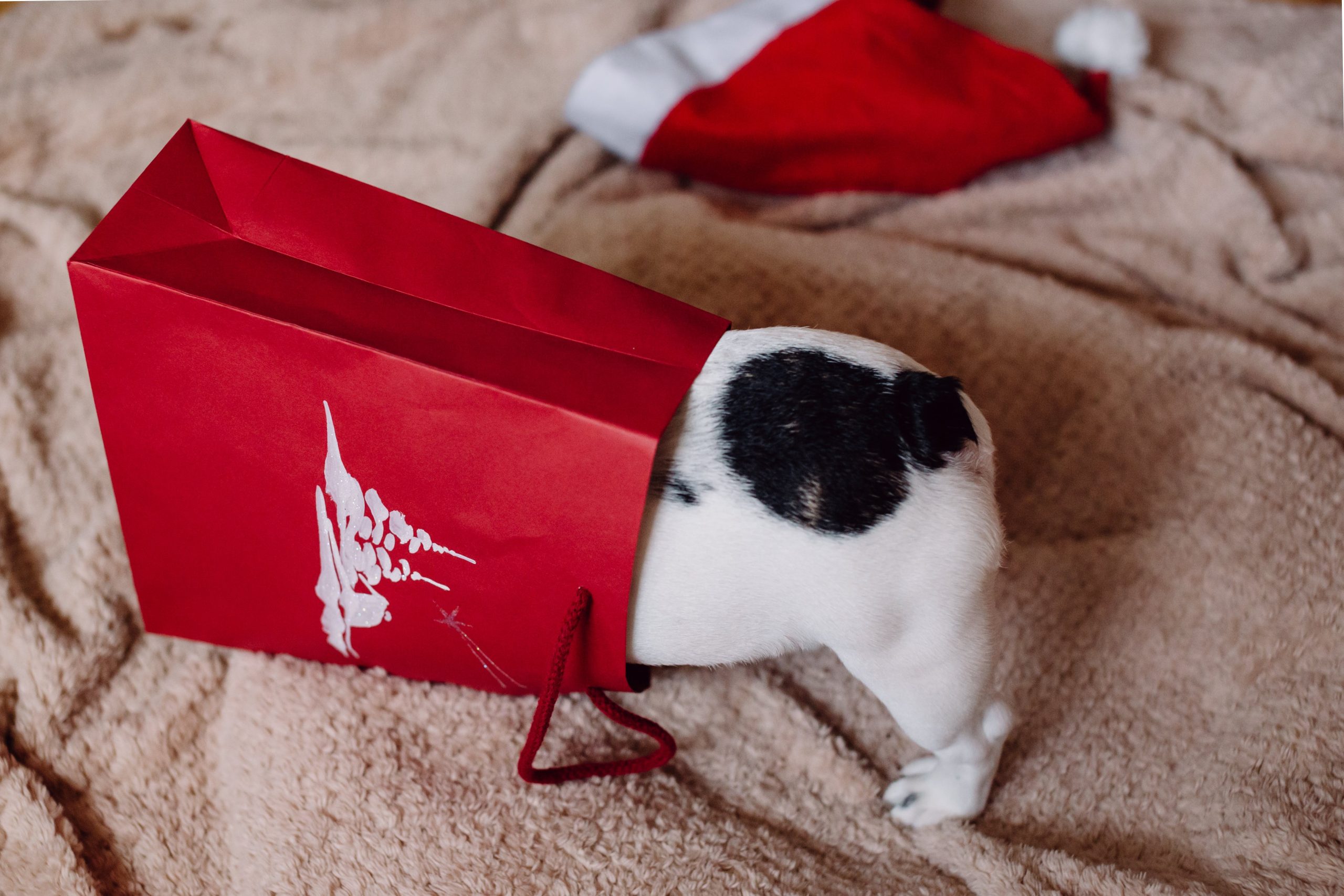Do Dogs Hide Toys? | Understanding Dog’s Nature
Introduction
We’ve all experienced that heartwarming moment when our furry friends joyfully play with their toys. However, have you ever noticed your dogs hide toys? In this article, we’ll delve into the fascinating behavior of dogs hiding toys and unravel the reasons behind this seemingly secretive habit.

Understanding Canine Behavior
Dogs are known for their diverse behaviors, often rooted in their instincts. Understanding these instincts is crucial to deciphering why they engage in certain activities. Toys, for instance, play a vital role in a dog’s life, serving both as a source of entertainment and a comfort object.
Common Places Dogs Hide Toys
Indoor Hiding Spots
Indoors, your dog might surprise you with their choice of hiding spots. From under the couch to behind curtains, dogs exhibit a flair for finding the most unexpected locations.
Outdoor Hiding Spots
Venturing outdoors opens up a whole new world of hiding possibilities. Dogs might bury their toys in the garden, stash them in bushes, or even hide them in their favorite digging spots.
Reasons Behind Hiding Behavior
Natural Instincts
Hiding toys is deeply ingrained in a dog’s natural instincts. In the wild, wolves hide surplus food to ensure a steady supply during lean times. Domestic dogs, despite their evolution, retain this instinctual behavior.
Territorial Behavior
Dogs are inherently territorial creatures. Hiding toys can be a way for them to mark and protect their territory, creating a sense of security.
Emotional Aspects
Hiding toys can also be linked to emotional aspects. Dogs might hide their favorite toys when feeling stressed, anxious, or unwell, seeking solace in the familiarity of their cherished possessions.
Benefits of Letting Dogs Hide Toys
Mental Stimulation
Allowing dogs to hide toys provides mental stimulation, keeping their minds active and engaged. It mimics problem-solving activities, promoting cognitive health.
Emotional Comfort
Hiding toys often brings emotional comfort to dogs. It’s a way for them to create a personal space, especially when they need reassurance or a moment of solitude.
Healthy Outlet for Instincts
Rather than discouraging hiding behavior, embracing it offers dogs a healthy outlet for their natural instincts. It aligns with their evolutionary predispositions.
When to Be Concerned
While hiding toys is generally a normal canine behavior, certain signs might indicate a problem. If your dog excessively hides toys, shows signs of distress, or displays unusual behavior, it’s advisable to consult with a veterinarian.
Tips for Encouraging Hiding Behavior
Providing a Variety of Toys
Dogs appreciate diversity in their toy collection. Offer a variety of textures, sizes, and shapes to cater to their preferences.
Creating Safe Hiding Spaces
Designate safe and accessible hiding spaces for your dog. This encourages them to express their natural instincts without feeling anxious.
Positive Reinforcement
Praise and reward your dog when they engage in hiding behavior. Positive reinforcement strengthens the association with this natural instinct..

Cleaning and Maintaining Hidden Toys
Regularly check and clean your dog’s hidden toys. This ensures their safety and prevents any potential health hazards associated with hidden items.
Famous Cases of Dogs Hiding Toys
Heartwarming Stories
Share heartwarming anecdotes of dogs displaying adorable hiding habits. These stories resonate with readers and highlight the endearing nature of this behavior.
Notable Behaviors
Explore famous instances where dogs have gained attention for their unique hiding behaviors. This adds a touch of fascination to the article.
Toys for Specific Breeds
Different dog breeds have distinct characteristics. Tailor the choice of toys to match these traits, ensuring a more enjoyable and suitable playtime for your furry friend.
Interactive Playtime Ideas
Engage in interactive playtime with your dog. Bonding through play not only strengthens your relationship but also provides an opportunity to observe and understand their hiding tendencies.
Incorporating Hiding in Training
Train your dog with commands related to hiding. This not only adds a fun element to their training routine but also enhances the bond between you and your canine companion.
The Impact of Environment on Hiding Behavior
Explore how the environment influences hiding behavior. Urban and rural settings, as well as the dynamics within a household, can significantly shape a dog’s hiding habits.
Interview with a Canine Behavior Expert
Gain valuable insights from a canine behavior expert. Their professional opinion and tips can provide readers with expert guidance on understanding and managing their dog’s hiding behavior.
Conclusion
In conclusion, understanding why dogs hide toys is a delightful journey into the intricate world of canine behavior. Embracing and encouraging this behavior, when appropriate, adds depth to the bond between you and your furry friend. Remember, each hidden toy tells a story, a tale of instincts, comfort, and the unique connection you share with your canine companion.




Leave a comment